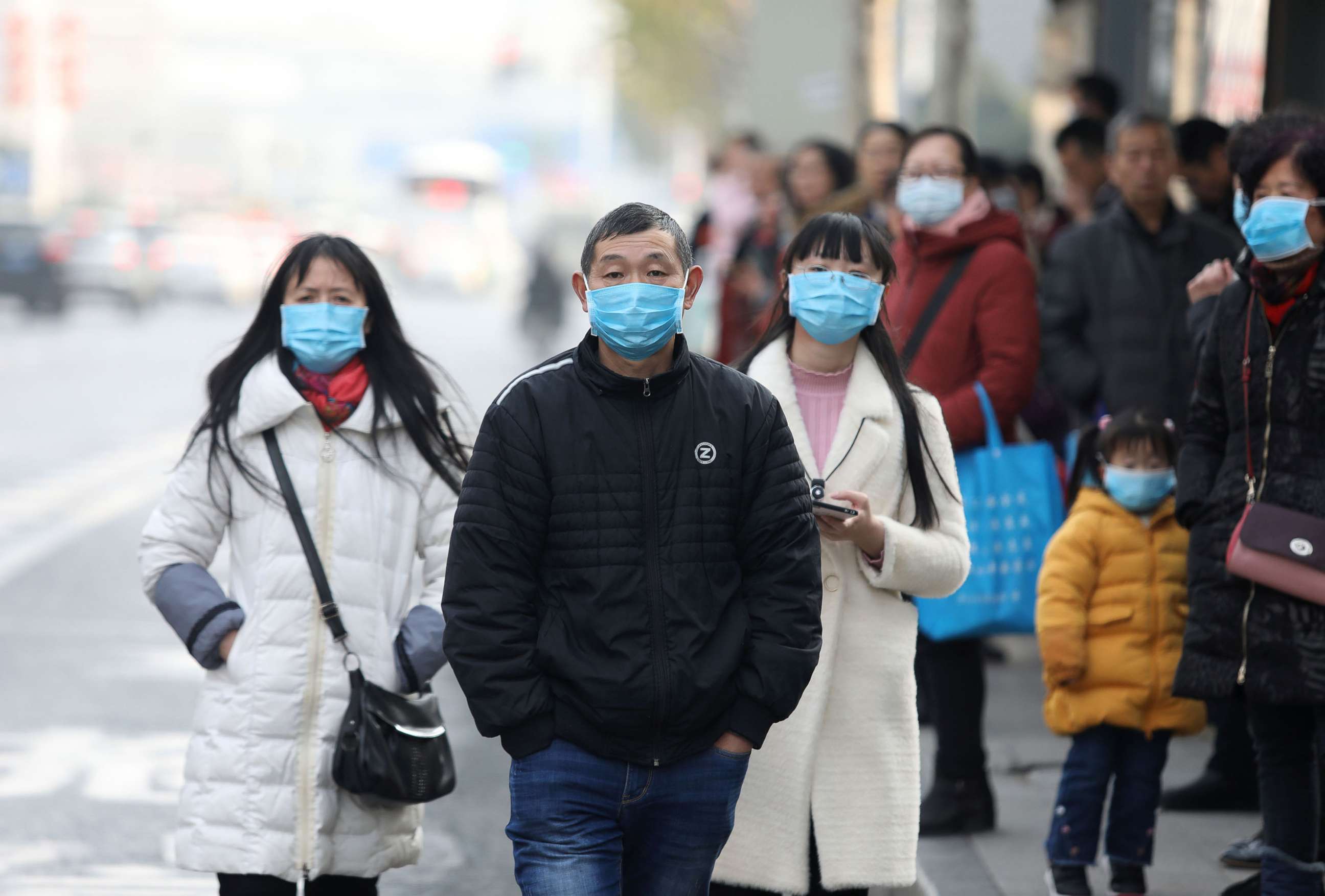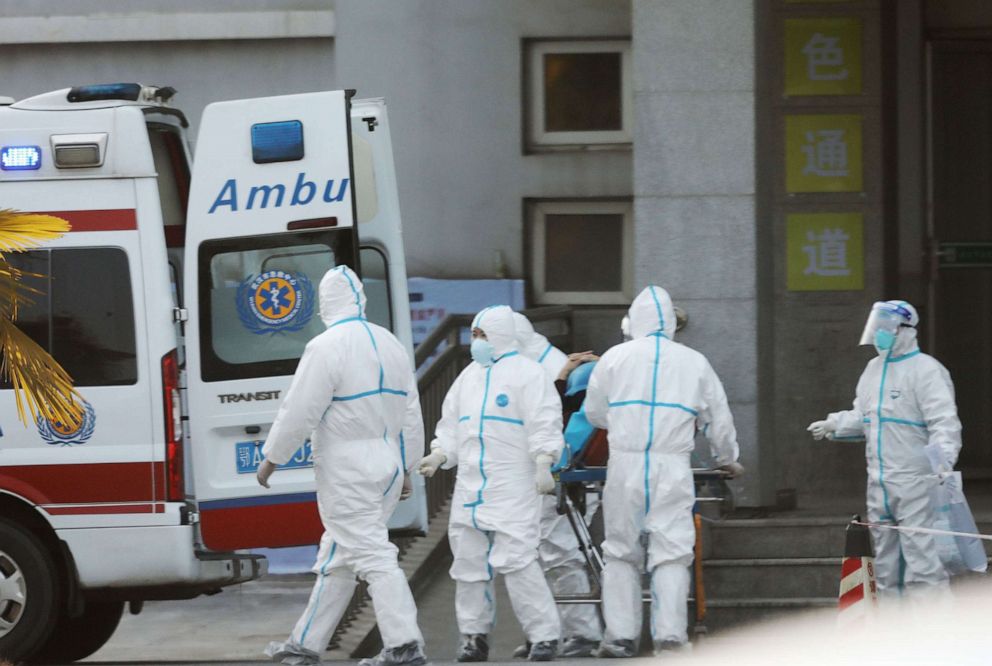Human-to-human transmission of new coronavirus reported in China
The virus has infected more than 200 people in China.
The new coronavirus that has infected more than 200 people in China has been transmitted between humans, according to Chinese health authorities.
Zhong Nanshan, who heads up China's National Health Commission, told Xinhua News Agency, China's official state-run news organization, that two cases of human-to-human transmission had been confirmed in China, one in Wuhan and one in Guangdong.
Chinese officials had initially linked the virus to large seafood market in Wuhan, China, where many of the cases originated. Newly reported infections more than tripled over the weekend, rising to more than 200 cases according to the Wuhan Municipal Health Commission. Several cases were reported outside of China, in Japan, Thailand and South Korea.
Three people have died from the virus, which is in the same family as SARS, MERS and the common cold.
The World Health Organization confirmed that there is evidence of "limited human-to-human transmission" of the new virus.
"This is in line with experience with other respiratory illnesses and in particular with other coronavirus outbreaks," WHO said, noting that there is not enough evidence available so far to evaluate the full extent of the human-to-human transmission.

Patients' symptoms, which resemble pneumonia, include difficulty breathing, fever and lesions on the lungs, which were revealed through chest X-rays.
In his first commends about the outbreak, Chinese President Xi Jinping warned that it's "extremely crucial" to take every action to fight the disease, and that "party committees, governments and relevant departments at all levels should put people's lives and health first."
"The recent outbreak of novel coronavirus pneumonia in Wuhan and other places must be taken seriously," Xi said Monday, according to state television network CCTV.
There are lingering fears about respiratory viruses in China after a 6-month-long SARS outbreak, or severe acute respiratory syndrome, sickened more than 8,000 people and killed 774 in 2003, according to the Centers for Disease Control and Prevention.

"It's certainly a confirmation of something we worried about," Dr. Stanley Perlman, a professor of microbiology and immunology at the University of Iowa who has done research on SARS and MERS, told ABC News of the human-to-human transmission cases.
While it made sense that the outbreak started in a market, if there was no person-to-person transmission, it should have ended quickly, once the market was closed and fumigated, Perlman said. Hearing about more cases, especially in countries outside of China, was a hint that human transmission was possible.
Still, Perlman cautioned that experts don't yet have a good read on how severe the virus is.
"It's a concerning development, but we don't know the level of contagiousness or the number of cases," he said.
Although more than 700 people died of SARS, for example, the majority of those deaths were among older people and those with underlying health problems.
Perlman will also be watching to see if there will be future cases that didn't start in Wuhan. Until more information emerges, he said, it could still be a single-point outbreak.
"If you start having cases in other areas, we have to reconsider what's going on," he said.
ABC News' Christine Theodorou contributed to this report.




